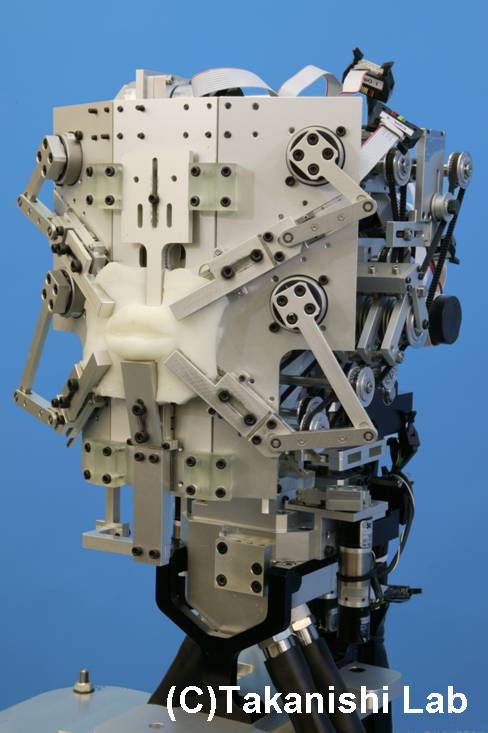How is it, then, that we can talk about talking? If you are willing to assume the existence of basic perceptual and cognitive capacities, a relatively simple answer follows immediately. The sounds of talk are, after all, sounds like any other sounds. We can perceive them in the same way we perceive the sound of a waterfall or a bird’s song, a thunderclap or the rustling of leaves in the wind, a cricket’s chirp or the breaking of waves on a beach. All are things we can hear, easily and naturally, and so it is with the sound of the human voice.
Roman Jakobson famously theorized that language has six functions: referential, emotive, poetic, conative, phatic, and the metalingual function. That’s the function we’re interested in, our capacity to speak about speech. Jakobson talked of the metalingual function as an orientation toward the language code, which seems just a bit grand. For I’m led to believe that many languages lack terms for explicitly talking about the ‘code.’ Thus, in The Singer of Tales (Atheneum 1973, orig. Harvard 1960), Albert Lord attests (p. 25):
Man without writing thinks in terms of sound groups and not in words, and the two do not necessarily coincide. When asked what a word is, he will reply that he does not know, or he will give a sound group which may vary in length from what we call a word to an entire line of poetry, or even an entire song. [Remember, Lord is writing about oral narrative.] The word for “word” means an “utterance.” When the singer is pressed then to way what a line is, he, whose chief claim to fame is that he traffics in lines of poetry, will be entirely baffled by the question; or he will say that since he has been dictating and has seen his utterances being written down, he has discovered what a line is, although he did not know it as such before, because he had never gone to school.
While I’m willing to entertain doubts about the full generality of this statement – “man without writing” – I assume the it is an accurate report about the Yugoslavian peasants among whom Milman Parry and Albert Lord conducted their fieldwork and that it also applies to other preliterate peoples, though not necessarily to all.
Given those caveats, the paragraph is worth re-reading. Before doing so, recall how casually we have come to see language as a window on the workings of the mind in the Chomskyian and post-Chomskyian eras. If that is the case, then what can one see through a window that lacks even a word for words, that fails to distinguish between words and utterances? And what of the poets who don’t know what a line is? The lack of such knowledge does not stand in the way of the poeticizing, no more than the lack of knowledge of generative grammar precludes the ability to talk intelligently on a vast range of subjects.
Continue reading “Language About Language”


